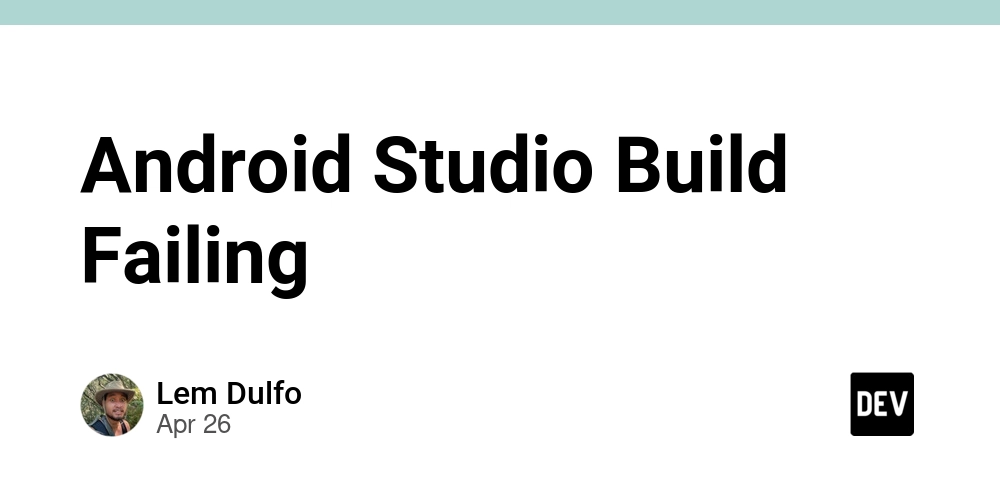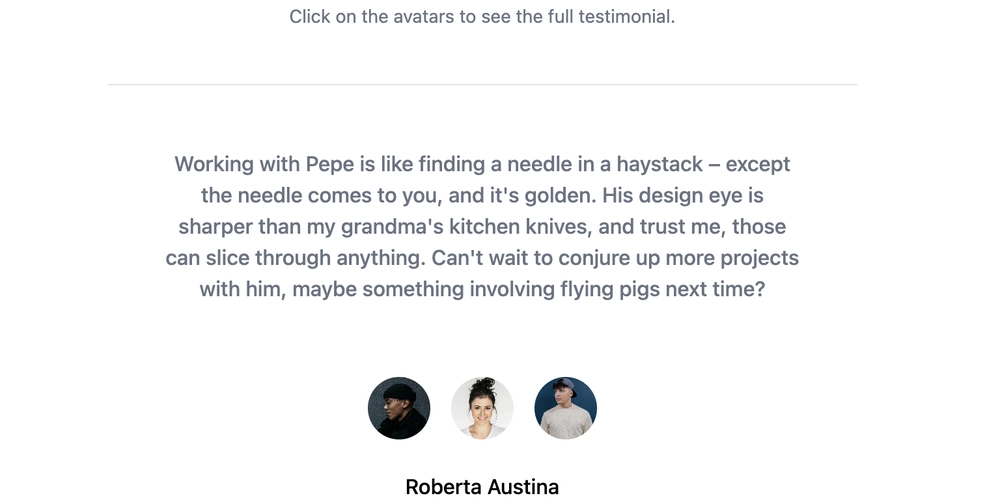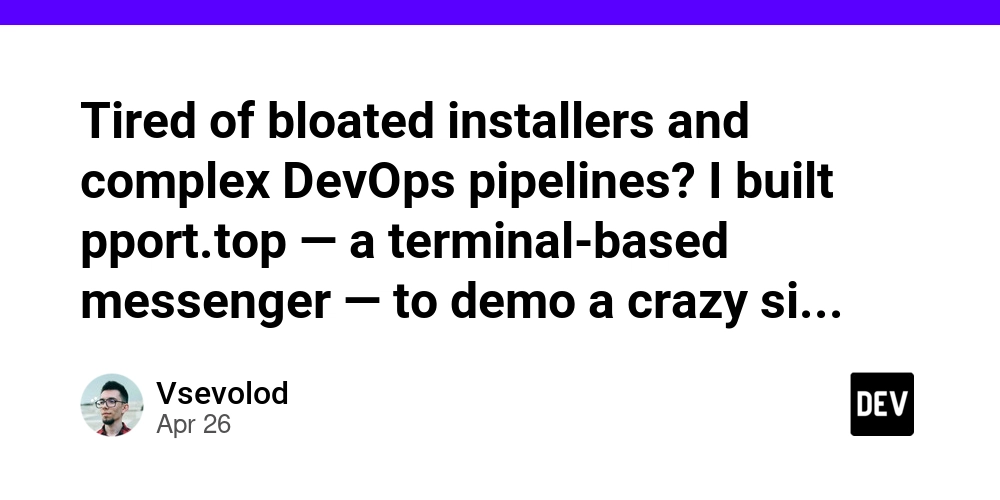
Android Studio Build Failing? How to Fix React Native Errors with JDK Version Control
Are you banging your head against the wall because your React Native app builds perfectly from the command line, but fails miserably in Android Studio? You're not alone! This frustrating issue stems from discrepancies in how Android Studio and your command line handle environment configurations. Let's get your builds back on track.
The Mystery of the Differing Builds: Command Line vs. Android Studio
Many React Native developers rely on the command line (using react-native run-android) for quick builds. However, Android Studio is invaluable for debugging, especially when diving into Logcat logs. So, what happens when a build succeeds via the command line but fails within Android Studio?
The key is understanding that while both environments should use the same underlying tools; they sometimes don't! The most common culprit? Inconsistent JDK (Java Development Kit) versions.
Diagnosing the Problem: React Native Doctor and Misleading Error Messages
One common error points to issues with libraries like react-native-vector-icons. While the error message may seem like a library-specific problem, it often masks a more fundamental issue: the wrong JDK version.
Before tearing your hair out trying to fix library dependencies, consider using react-native doctor. This handy tool helps diagnose environment issues, including JDK mismatches. However, keep in mind:
- The command line might report the correct JDK! Since you're using the command line to build successfully, it might show JDK 17 is properly configured.
- Error messages are clues, not gospel. Treat them as starting points for investigation, not definitive diagnoses.
The Solution: Setting the Correct JDK in Android Studio
Here's the fix that worked: manually specifying the correct JDK within Android Studio.
Steps to check and change the JDK version in Android Studio:
- Open your React Native project in Android Studio.
- Navigate to File > Project Structure...
- In the Project Structure window, select SDK Location under Project Settings.
- Look at the JDK location. Is it pointing to the correct JDK version (ideally JDK 17)?
- If not, change it! Point Android Studio to the correct JDK installation (usually found in
/Library/Java/JavaVirtualMachines/jdk-17.jdkon macOS or similar on Windows/Linux).
Click OK, rebuild your project, and hopefully, victory!
Why JDK 17? JDK 17 is often recommended for React Native projects due to compatibility and stability. Using an older or newer version can lead to unexpected build errors and runtime issues.
Key Takeaways: Lessons Learned from Android Studio Build Failures
- React Native Doctor: Embrace, use "react-native doctor" to diagnose environment problems. Run
npx react-native doctorin your project directory. - Android Studio's Separate World: Be aware that Android Studio maintains its own environment, independent of your command line settings.
- Trust, but Verify: Error messages are hints, not absolute truths. Always investigate the underlying cause.
- Consistent JDK is Key: Ensuring both your command line and Android Studio use the same, compatible JDK version is crucial for consistent React Native builds. Addressing the "Android Studio Failing to Build" issue often resolves more React Native build problems than expected.
By taking control of your JDK settings and mastering these troubleshooting techniques, you'll conquer those frustrating Android Studio build failures and get back to building awesome React Native apps!























